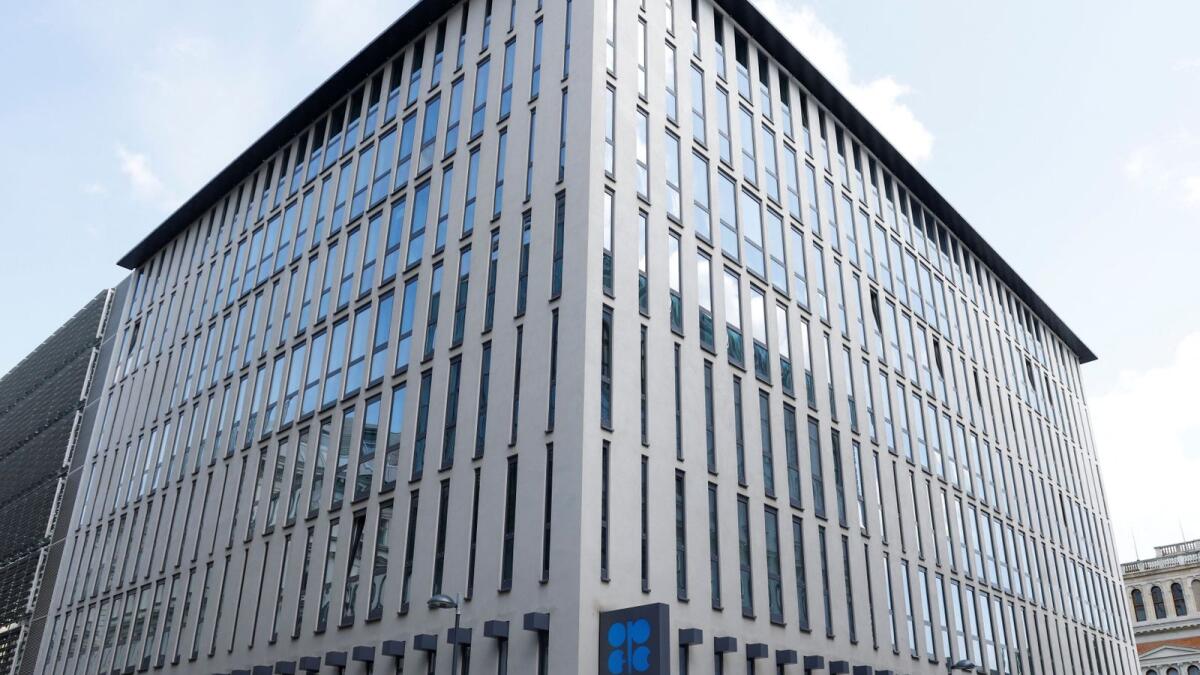The Organization of the Petroleum Exporting Countries and its allies, known as Opec+, recently met and decided to allow the UAE to increase its production target by 300,000 barrels per day for next year. This decision came after the UAE had previously pledged to make additional voluntary output cuts at the request of Saudi Arabia to support prices in the market. The UAE’s output quota has been set at 3.519 million barrels per day for the year 2025. Additionally, Opec+ has agreed to extend production cuts to support prices amidst economic and geopolitical uncertainties.
During the meeting in Vienna, Opec+ members agreed to extend the level of overall crude oil production from January 1, 2025, to December 31, 2025. Eight countries, including the UAE, Saudi Arabia, Russia, Iraq, Kuwait, Kazakhstan, Algeria, and Oman, also committed to extending voluntary supply cuts to further support the market. Some of these cuts will be phased out by September, while others will remain in place until December 2025. The decisions were made to address the challenges faced by the oil market and to stabilize prices.
The Opec+ group, led by Saudi Arabia and Russia, has implemented group-wide supply cuts amounting to about two million barrels per day. When combined with the voluntary cuts from member countries, the total output reduction reaches almost six million barrels per day. This move has been viewed positively by analysts, as it removes uncertainty and tension over production quotas. However, concerns remain about the actual barrels flowing into the market, which may exceed the accounted for amounts and disrupt the group’s strategy.
Despite the efforts to balance supply and demand, some member countries such as Iraq and Kazakhstan have exceeded their quotas in the past, while Russia overproduced in April. This has raised doubts about the effectiveness of the production cuts in stabilizing prices. As global demand remains uncertain, producers will face challenges in gradually reintroducing oil into the market without causing prices to plummet. Oil prices have remained around $80 a barrel since the last meeting in November, and Opec continues to stick to its demand forecasts for 2024.
The International Energy Agency has lowered its estimates, citing above-average inflation, slowing global growth, central bank uncertainties, rising US oil production, and tensions in the Middle East as factors contributing to a challenging environment for the oil market. Analysts believe that a complex system will be needed to skillfully reintroduce barrels into the market without causing a drastic drop in prices. Although negotiations and disagreements over production quotas have been common in the past, Opec+ aims to maintain stability and support prices in the face of ongoing uncertainties.











